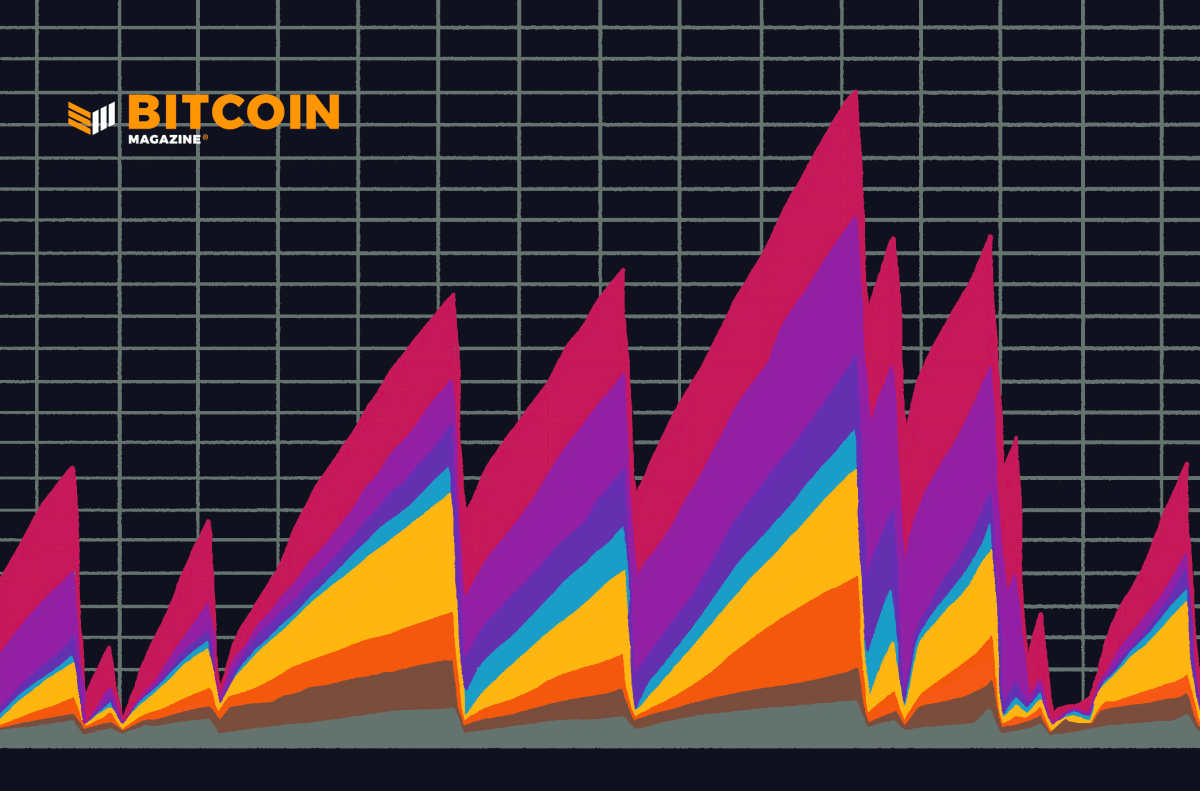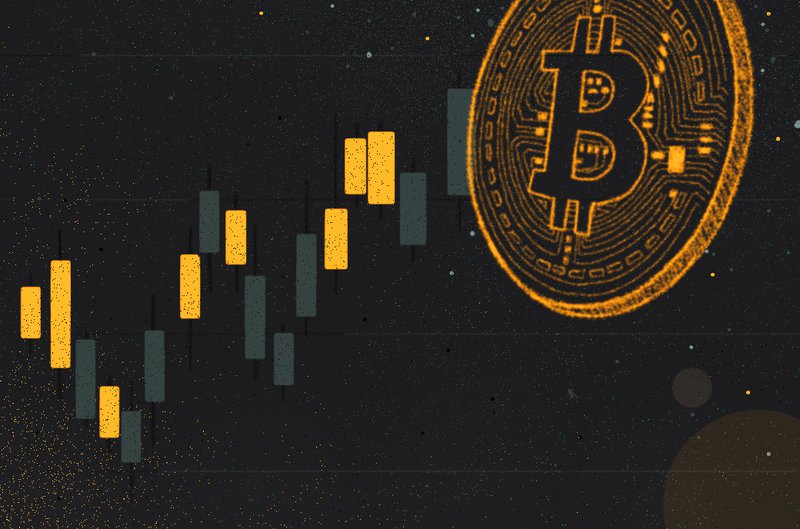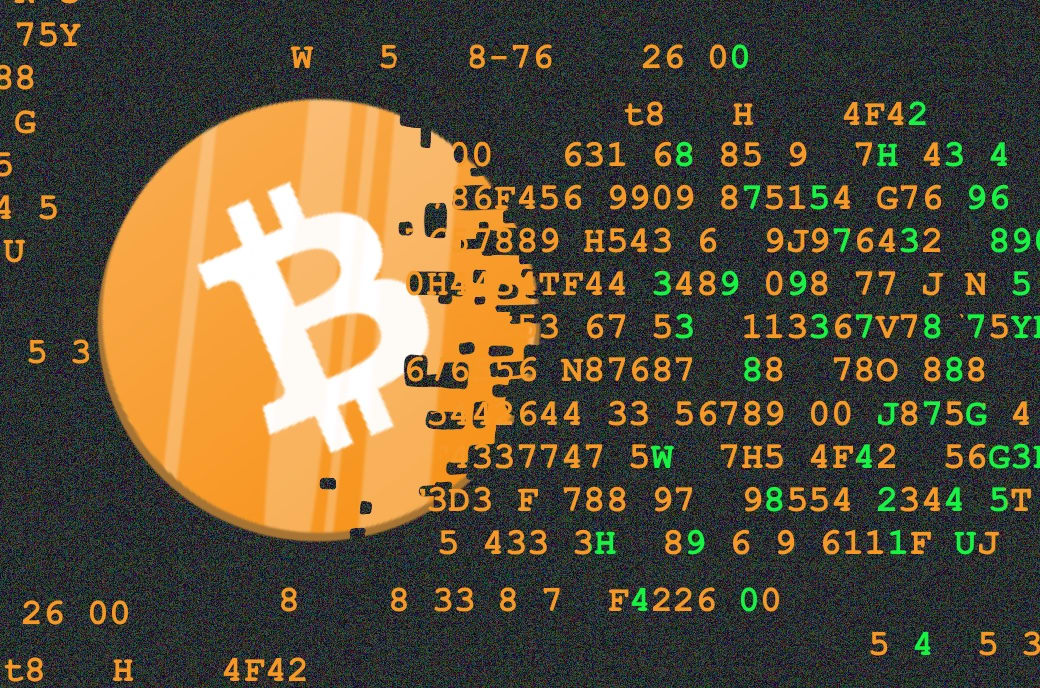Project Spartacus: An Act of Solidarity For Julian Assange
This article is featured in Bitcoin Magazine’s “The Inscription Issue”. Click here to get your Annual Bitcoin Magazine Subscription.
Bitcoin has for most of its lifetime been seen as a monetary network, whereby users can send and receive the native token BTC. Given the tremendous price appreciation since its inception in 2009, the monetary good also became a store of value — a means through which someone could store their valuable work hours so as to not have them debased and instead experience an increase of purchasing power rather than a loss.
Not all users are alike, however. Despite the popularity of these monetary narratives, some outcasts have used Bitcoin for all kinds of purposes throughout time. Most notably, Julian Assange, a now-famous journalist and political prisoner, creator of WikiLeaks, used Bitcoin for different reasons, including as a proof-of-life mechanism and a verifiable proof-of-publishing. To Assange, Bitcoin was and still is much more than a distributed monetary system that solves the double-spending problem inherent in digital cash. For the journalist, Bitcoin can serve as much more, and while he battles for his life, others have joined him in that mission.
Now, before diving into the intricacies of what Bitcoin is and can be to Assange and his supporters, let’s take a step back and see what the journalist has done with this digital coin since the first time his NGO embraced bitcoin.
In 2010, shortly after the publishing of U.S. diplomatic cables by WikiLeaks in the infamous Chelsea Manning leaks, Assange’s organization was cut from the global banking system as Bank of America, Visa, Mastercard, and PayPal stopped serving the online platform. That reality led Assange to adopt bitcoin, and in June 2011 WikiLeak’s Twitter account announced they would start accepting bitcoin donations.
Interestingly, WikiLeaks voiced interest in adopting bitcoin much earlier than June 2011, and according to posts in then-popular forum BitcoinTalk, Satoshi discouraged Assange from pursuing that route in December 2010. Their reason? “Bitcoin is a small beta community in its infancy. You would not stand to get more than pocket change, and the heat you would bring would likely destroy us at this stage.” WikiLeaks patiently waited another six months before accepting bitcoin.
Ironically, Assange would later praise the U.S. government for allegedly issuing this coordinated attack, which of course led to WikiLeak’s embrace of bitcoin and subsequently resulted in a capital appreciation in dollar terms of over a thousand percent. It is both interesting and comical that the fact WikiLeaks got locked out of the mainstream financial system for simply publishing leaked documents would lead them to a much better financial situation — one in which they didn’t need to ask permission and could enjoy great monetary gains in dollar terms. Poetic.
In September 2014, Assange would start hinting at the other possible use cases he saw for Bitcoin, which, given his tone and delivery, leads one to believe he was much more passionate about that than financial speculation — however large the gains could be with the monetary use case:
“Bitcoin is an extremely important innovation, but not in the way most people think. Bitcoin’s real innovation is a globally verifiable proof of publishing at a certain time. The whole system is built on that concept and many other systems can also be built on it. The blockchain nails down history, breaking Orwell’s dictum of ‘He who controls the present controls the past and he who controls the past controls the future’.”
A couple of years later, the use of Bitcoin as a timestamping server for WikiLeaks documents began to emerge, albeit it wasn’t clear if it was WikiLeaks itself doing the timestamps or grassroots activists. A Reddit user posted on r/WikiLeaks that someone had timestamped the hashes of some WikiLeaks torrent files, likely using OpenTimestamps — an open source tool created by Bitcoin developer Peter Todd for this purpose.
Gabriel Shipton, film producer and Assange’s brother, talked with Bitcoin Magazine about the early days of his brother’s interactions with bitcoin:
“Julian recognized in 2011 the power of bitcoin to build ‘an intellectual scaffold’ for civilization, a protocol that would allow any reference to human intellectual contributions to be independently verified, without relying on any organization. Bitcoin so greatly excited him not only due to it being the most censorship-resistant manner of publishing possible, but also of what it offered: The ability to construct a great wonder of knowledge, a crucial tool in humanity’s struggle against ignorance.”
Assange’s thought process on Bitcoin use cases is meaningful not only because they shed light on a totally novel use for the decentralized network, but also because of how early they were uttered. Assange saw this potential over a decade ago, but it wouldn’t be until the release of Ordinals that this use case would be popularized in a meaningful way.
Ordinals, launched on Bitcoin mainnet at the start of 2023, allows anyone to effortlessly add arbitrary data to a Bitcoin block at any given moment. Once that data is added, it inherits Bitcoin’s immutability and security, and can achieve Assange’s vision of a verifiable proof-of-publishing at that moment. Inscriptions go even further. In addition to just housing a timestamp enabling proof-of-publishing, which users attempted with torrent tracker files as early as 2016, Ordinals enables the direct publishing of the data itself on Bitcoin. Not only is there an immutable record of the time and date in block height terms, there is now also the possibility to publish the actual contents of the article or torrent link itself. A new era of blockspace usage for Bitcoin.
Naturally, we’ve seen the launch of this new protocol bring about a whole slew of JPEGs being published in blocks. In the early days, some were just random memes, but not long after its release, inscribers started getting sophisticated, developing recursion techniques, and even teleburning Ethereum-based NFT collections. Now, nearly a full year later, Ordinals have spun an entirely new ecosystem in Bitcoin, enabling all different kinds of artistic and software developments to occur on the “mother chain”.
However, some projects began to emerge that try to cater to Assange’s vision from way back in 2014. These projects vary in shape, size, and form, but all seem to seek Bitcoin and the possibilities brought about by Ordinals to actually do something more than speculate on the images and videos published on Bitcoin.
Most notably, a project emerged in October 2023 that sought to enable anyone in the world to add to Bitcoin the cables published in the leaks that originally locked WikiLeaks out of the global financial system back in 2010. Thanks to Ordinals, this project was able to allow not only the timestamping of the cables, but the actual inscribing and storing of the unadulterated content itself. Project Spartacus turned Bitcoin into a sort of Library of Alexandria — one that cannot be altered or destroyed, no matter how powerful the adversary.
In this case, the leaks expose war crimes by the United States military and government, and expose facts that stand in stark contrast to the main narratives pushed by the media and the government itself about what was happening on the ground in the Iraq and Afghanistan wars.
Thirteen years after those cables turned a journalist into a political prisoner, this grassroots project emerged to stand in solidarity with Assange and claim, “I am Assange”. Alluding to the famous “I am Spartacus” scene in the 1960 movie Spartacus, Project Spartacus invites Bitcoin users from all over the world to say “I am Assange” and inscribe into Bitcoin those cables that kickstarted everything.
Project Spartacus aims to take a stand toward freedom of information and knowledge, making it impossible for anyone to mess with the data that Assange risked his life to make public. The journalist currently faces potential extradition to the U.S., despite being an Australian citizen and not having committed the alleged offenses on U.S. soil. The outcome of the extradition process remains uncertain, and concerns continue to grow regarding his future and whether he will ever regain his freedom.

Project Spartacus’ website provides a public interface through which any person can “inscribe” –– Ordinals jargon for adding data to Bitcoin –– a war log. There seem to be no fees associated with this action apart from network fees, a necessary component to any transaction submitted to the Bitcoin network. The page also features a “donate” button, which opens up a panel through which users can optionally send bitcoin to Assange’s cause. Donations are said to go toward supporting the following organizations: Freedom of the Press Foundation, The Information Rights Project, and Reporters Without Borders.
Bitcoin Magazine spoke with the anonymous creators of the technology behind Project Spartacus, who shed some light on the process and mission:
“Each war log a user inscribes through Project Spartacus is a file containing the original content from one of the 76,911 Afghan War Diary logs. We chose the Ordinals protocol for its widespread adoption, even in its infancy, as a standard for immutable data storage, and simply because we believe Bitcoin is the most immutable and uncensorable technology for this use case. As each log is inscribed, its data is embedded into Bitcoin to be propagated and easily found by any of the many Bitcoin and Ordinals clients. We see this use case for Bitcoin to be critical for human rights and freedom, and we hope that you will stand with Julian Assange by storing this sensitive data on Bitcoin with us.”
Upon navigating to the website, the user finds a huge rectangular button on the main page, reading “Publish War Log”. Upon clicking, the process of inscribing a war log is triggered. The user is given the option to choose how many logs to inscribe, with a maximum of 300 war logs per transaction. The user can then select the transaction fee, based on which a total amount for payment is calculated. Upon hitting “continue”, the user is then presumably redirected for payment.
The creators of Project Spartacus gave the files a graphical treatment by choosing SVG files, which still contain the raw log data as a comment field, while giving the user a way to easily view the information. The project takes a spin on Ordinals’ popular use case of digital artifacts to focus on complete data finality on a decentralized chain of information, run by tens of thousands of nodes in hundreds of different jurisdictions around the world.
In this sense, as Assange once envisioned, Bitcoin has indeed become more than just a financial asset — it is now a beacon of hope for those fighting against the suppression of truth and the distortion of history.
This article is featured in Bitcoin Magazine’s “The Inscription Issue”. Click here to get your Annual Bitcoin Magazine Subscription.









